Old Habits Die Hard (A True Story About Animals)
>From the book: "Cream of the Crop (More True Stories from a
Wisconsin Farm)" by LeAnn R. Ralph (trade paperback; October
2005; 190 pages; $13.95; FREE! shipping) --
http://ruralroute2.com
"Highly recommended reading" -- The Midwest Book Review
"(Cream of the Crop) was extraordinary from the first story to
the last. I laughed, cried and sighed at the way you bring the
emotions of people and animals to the page." (R.S. --
Clintonville, Wisconsin)
4900 words 漏 LeAnn R. Ralph 2005
One October afternoon as I shifted my books to the other arm and
started up the hill toward the house, cows were the farthest
thing from my mind. The sky was color of the turquoise dress my
mother liked to wear to church, and the air--filled with the
scent of old leaves, ripe wild grapes growing in the fenceline
and plums that had fallen to the ground and split open--felt so
warm that if I didn't know better, I would think it was summer.
Dad said at this time of year nice weather would not last long,
and in another month, we might have snow on the ground. We
hadn't had weather this nice in more than a week, and I wanted
to ride Dusty, my plump brown pony with the white mane and tail.
That is, I wanted to ride Dusty if Mom would give me permission.
Sometimes my mother had chores she wanted me to do as soon as I
got home from school.
At the halfway point up the hill of our driveway, just beyond
the plum trees growing in the fenceline, I could see Dusty,
grazing on the sidehill in her pasture. The grass was not as
green as it had been in the spring and summer, but as far as
Dusty was concerned, grass was grass, even if it was faded grass
and not growing much anymore. My pony spent so much time
nibbling grass in her pasture that in most places, except for
the spots where she had left piles of manure and did not want to
eat the grass there, her pasture was shorter than the grass in
the lawn. My big sister said she ought to mow the lawn again
before winter, but so far, she hadn't gotten around to it,
although maybe that was because Dad had told her the grass would
come back better next spring if it was not cut short this fall.
"Hi Dusty!" I shouted.
The pony threw her head up, stared at me, and then trotted
toward the fence, ears perked, nickering. Beneath her feet, the
yellow leaves of the silver maples growing along the edge of the
yard, which had dropped half their leaves on the lawn and half
in the pasture, made a swishing, crunching sound.
I looked toward the house and saw my mother sitting in her chair
by the picture window. She was holding the newspaper up in front
of her but was gazing directly back at me. She let one corner of
the newspaper drop and waved. I waved back, and then I climbed
the bank and headed across the lawn toward the porch steps.
Yellow leaves from the silver maple not far from the living room
window covered the lawn, and while I shuffled my way through the
leaves, Dusty watched me from the other side of the fence. She
knew I was going into the house, so she put her nose to the
ground and went back to picking grass.
"Boy, am I glad you're home," Mom called out from the living
room as the screen door latched shut behind me.
A sinking feeling settled in the pit of my stomach. "Why?" I
said.
Whenever my mother informed me that she was glad I was home, she
usually had something she wanted me to do.
"I'm glad you're home because Dad started picking corn today, so
I want you to put the cows in and feed them," she said.
I set my books on the kitchen table and went into the living
room. "Me? You want me to put the cows in? All by myself?"
Once in early spring when Dad had gone sucker fishing, my sister
had helped me put the cows in the barn because, at the time, we
had a bull, and Mom did not want me to put the cows in alone.
The bull, a friendly yearling we called Bully-Loo, had since
grown up and had been sold a while back. And during summer
vacation, I had put the cows in by myself several times, but
that was when we didn't have any heifers. Over the summer, three
Holstein heifers had grown big enough so they could go into
stanchions, and every evening for the past week, it had taken
both Dad and I to get them into the barn. All summer long, my
father had fed the heifers in a feed through he had built in the
barnyard. Last spring, the heifers were not big enough to go
into stanchions, but they were too big to stay in the calf pen.
Well, it wasn't that they were too big to stay in the calf pen
if one of them had gone in one pen and two in the other pen,
except they were such good friends, they all three wanted to be
in the same pen together. Dad figured if they stayed outside for
the summer, he would not have to clean calf pens, and so, he had
built the feed through in the barnyard.
The heifers had quickly caught onto the idea that when the cows
went into the barn, they should stand by the feed through and
wait for someone to bring out a pail of feed. But as Dad and I
had discovered right away last week, the heifers would rather
stand by the feed through than come into the barn. My father said
they did not want to come inside to eat because they were used
to eating their feed outside. 'Old habits die hard' is what he'd
said. When I asked him what that meant, he said it meant habits
are hard to break and it would take a while for the heifers to
become accustomed to the routine of eating in the barn.
"Did Dad say I should put the cows in?" I asked.
Mom shook her head. "No, but if you put them in this time, then
for as long as the weather holds, your father can stay out in
the field later and still start milking when he usually does."
I knew what she was getting at. If I put the cows in, then Dad
would have an extra hour every day to pick corn and would finish
that much sooner.
"But what about the heifers?" I asked.
My mother pulled off her black-rimmed reading glasses and folded
them up. "What about the heifers?"
"They're hard to get in," I said.
"Oh, don't be silly. Those heifers have been going into the barn
for a week. They ought to be used to it by now."
Easy for Mom to think the heifers should be used to going into
the barn. My mother had been paralyzed by polio before I was
born and couldn't get around well enough to put cows in the barn.
"I know it's been a long time since I've been able to do
chores," Mom continued, "although I don't think heifers are so
very much different nowadays."
"But Mom--they don't like to come in the barn." My mother
shook her head and frowned. "Nonsense. When they see the other
cows going into the stanchions, they will go in, too," she said.
I knew better than to try to change her mind. I also knew I
would probably still be chasing those heifers around the
barnyard when Dad came home. I went upstairs to change out of
my school clothes and stood for a minute by the bedroom window,
looking at the bright October sunshine. By the time I finished
putting the cows in the barn--if I could even get the heifers
in--it would be suppertime. So much for riding Dusty today. Or
on any other day for the rest of the week.
A little while later, I headed to the barn to measure feed for
the cows. I worked my way down one row of stanchions and back up
the other side, placing two scoops of feed in front of each
stanchion. I could hear the cows moving around in the barnyard
on the concrete slab in front of the door. The cows knew I was
measuring out feed, and each of them wanted to be the first one
inside.
Even though the air was cooler here in the barn, big, fat, black
flies bumped and buzzed against the windowpanes, taking
advantage of the sunshine streaming through the south windows.
In a few weeks, when the weather turned cold, the flies would
find someplace warm to hide for the winter.
I finished dumping the feed, opened the door and moved back out
of the way as one by one, the cows rushed toward their
stanchions. Their hooves went clickety-clack along the barn
aisle, and some of them were in such a hurry, they were
practically trotting toward their stalls.
When the last cow had come into the barn, I walked out the door
and saw the three heifers standing next to the feed through on
the other side of the barnyard, tails swishing back and forth to
chase away the flies.
Over the past week, my father and I had invented a system for
getting the heifers in the barn. Dad would take a pail of cow
feed (a mixture of ground corn and oats and molasses) and coax
them away from the through while I walked along behind them,
waving my arms. Bit by bit we would move them toward the barn,
and when they were safely inside, I would shut the door to keep
them from going back into the barnyard. Then, once the heifers
were in the barn, while Dad continued to coax them forward, I
stayed behind them until they went into their stalls.
I stood on the concrete slab, looking at the heifers and
wondering how I was going to get them into the barn by myself,
until I remembered all of a sudden that I had not yet shut the
stanchions. I turned and went inside the barn where the cows
were busy eating their feed. At this time of year, the summer
birds were gone, and something seemed out of place without the
happy chatter of the barn swallows.
I stepped across the gutter channel and walked along in front of
the cows to shut each stanchion. In our barn, the cows faced the
wall, although Dad said some barns were the other way, with the
cows facing the center aisle and their tails toward the wall.
The wood-and-metal stanchions were easy to shut on this side of
the barn because the cows had only started to eat their feed and
were not pushing forward, but I knew that when I reached the end
of the barn on the other side, shutting the stanchions would be
harder since some of the cows would be stretching to reach more
of their feed or to swipe some from their next-door neighbor.
I soon saw that I was right about the cows on the other end of
the barn and spent a few minutes convincing some of them to move
back a step or two so I could close their stanchions. I wanted
to be sure the stanchions were firmly latched because if a
stanchion popped open and the cow went outside again after she
was finished eating her feed, she would not want to come back in
the barn. This had happened once or twice while I was helping
Dad put the cows in.
Satisfied that all of the stanchions were firmly latched, I went
to the feed box, put some cow feed into a pail and headed for
the barnyard. As soon as I stepped out of the door onto the
concrete slab, the heifers, who had been watching for me, turned
toward the feed trough. I took a better grip on the handle of
the feed pail and set off across the barnyard. As I made my way
toward the heifers, I kept a sharp eye on the ground in front of
me so I wouldn't accidentally step in a cow pie. Dry cow manure
wasn't so bad, but fresh cow pies were downright soupy, and I
did not want to have to stop, go to the milkhouse and clean off
my shoes with the hose.
The closer I came to the heifers, the more they crowded around
the feed trough. One heifer pushed another one out of her way by
putting her head down and nudging the other heifer's flank.
I knew what the heifers were thinking.
"I'm not dumping this out here. You have to come in the barn," I
said.
One of the heifers, the one that had pushed her companion,
turned her head and looked at me with soft, friendly eyes. She
was mostly black with a little white spot on her forehead and
two white feet. Some of our Holsteins were jumpy and nervous,
but the three heifers were used to seeing people, and they knew
that a person with a pail meant they would get something good to
eat.
"Come bossie," I said. "Come bossie, come bossie."
I wasn't sure why I was saying 'come bossie, come bossie.' What
was I going to do after that? If I backed my way toward the
barn, would the heifers follow?
Holding the pail out in front of me, I started backing toward
the barn. I couldn't go very fast, since I had to keep looking
down to see what was on the ground behind me, and at this rate,
I knew the trip to the barn was going to take a long time.
"Come bossie, come bossie," I said, looking back at the heifers
again.
I was so certain the heifers would not come away from the feed
trough that I nearly dropped the pail when all three began to
follow me.
I backed across the barnyard, alternating between keeping a
watchful eye on the ground behind me, and a watchful eye on the
heifers in front of me, and wondered what I was going to do once
I reached the barn. I knew I could not circle around and shut
the door, because if I did, the heifers would follow me outside.
The object was to bring them into the barn--not to let them
outside again.
Although, now that I had plenty of time to think during my slow
backward walk across the barnyard, maybe I wouldn't have to shut
the door. Maybe Mom was right. The heifers had been going into
the barn for one whole week.
Many minutes later, I backed through the barn door, with the
heifers still following. They reminded me of kittens following
their mother when she is taking them out to teach them how to
hunt. I had seen the barn cats numerous times, headed across the
barnyard with their kittens following single file behind them.
After I got into the barn, I kept right on shaking the pail, and
the heifers kept right on following me.
Wouldn't it be something if, after a week of Dad and I trying to
get the heifers into the barn, that tonight, when I was putting
them in for the first time by myself, they went into their
stalls? Dad would be so surprised when he came home. .
To read other sample chapters, sign up for the free newsletter
or to order books -- http://ruralroute2.com
****************************

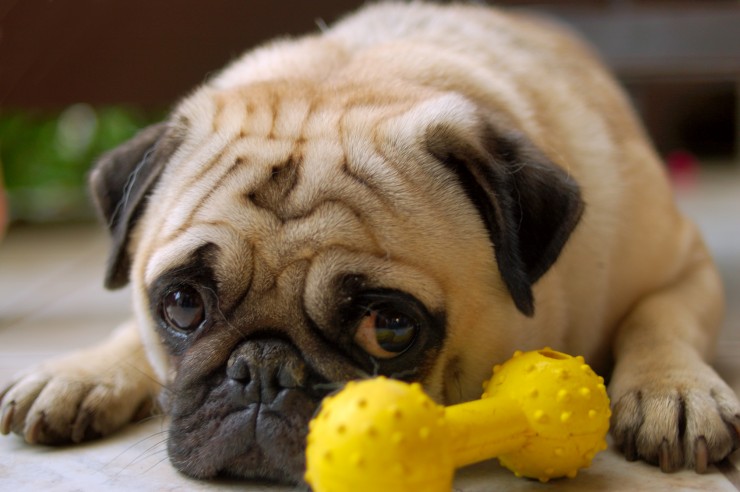 8 Most Annoying Habits Dogs Can Develop
8 Most Annoying H
8 Most Annoying Habits Dogs Can Develop
8 Most Annoying H
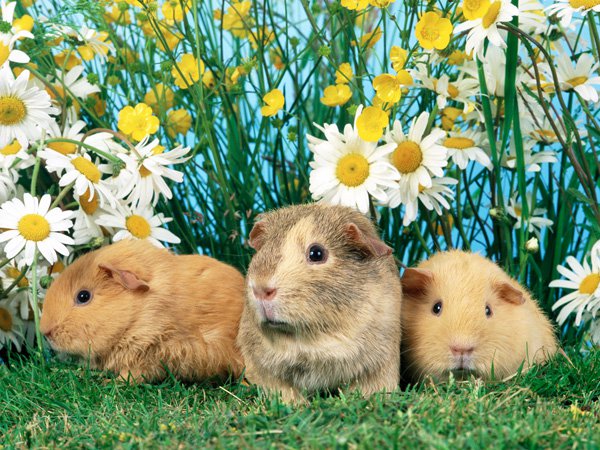 Make Your Home Beautiful With Fish Aquarium
Make Your Home Beautiful With Fish Aquarium
We
Make Your Home Beautiful With Fish Aquarium
Make Your Home Beautiful With Fish Aquarium
We
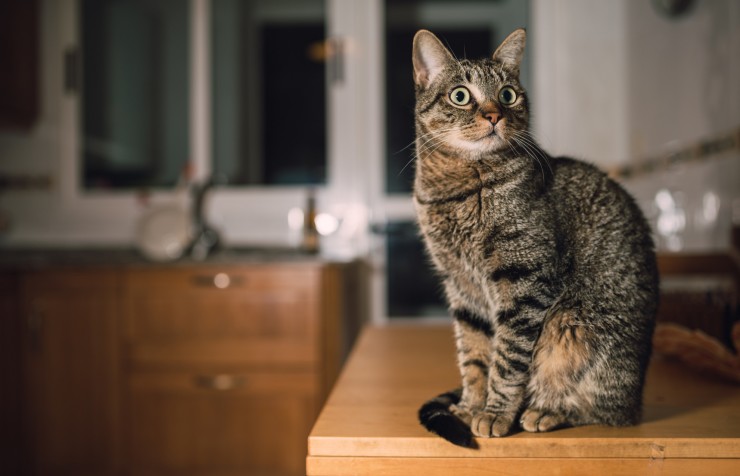 Keeping Your Cat Off Worktops And Counters
Keeping Your Cat
Keeping Your Cat Off Worktops And Counters
Keeping Your Cat
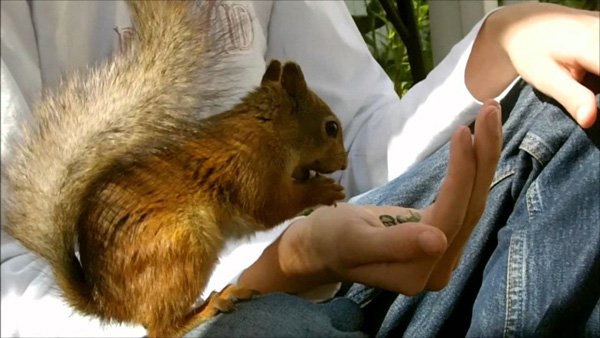 Why you should bring your pet dog to a dog daycare Toronto at least once?
Why you should bring your pet dog to a dog daycare Toronto
Why you should bring your pet dog to a dog daycare Toronto at least once?
Why you should bring your pet dog to a dog daycare Toronto
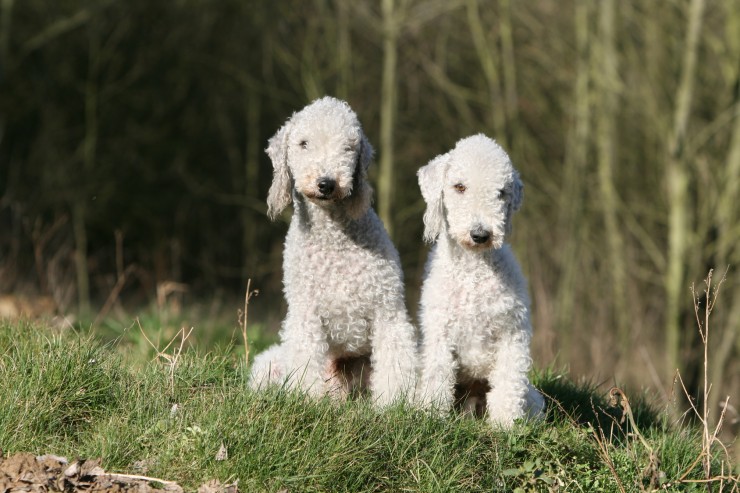 Copper Toxicosis In The Bedlington Terrier
Copper Toxicosis
Copper Toxicosis In The Bedlington Terrier
Copper Toxicosis